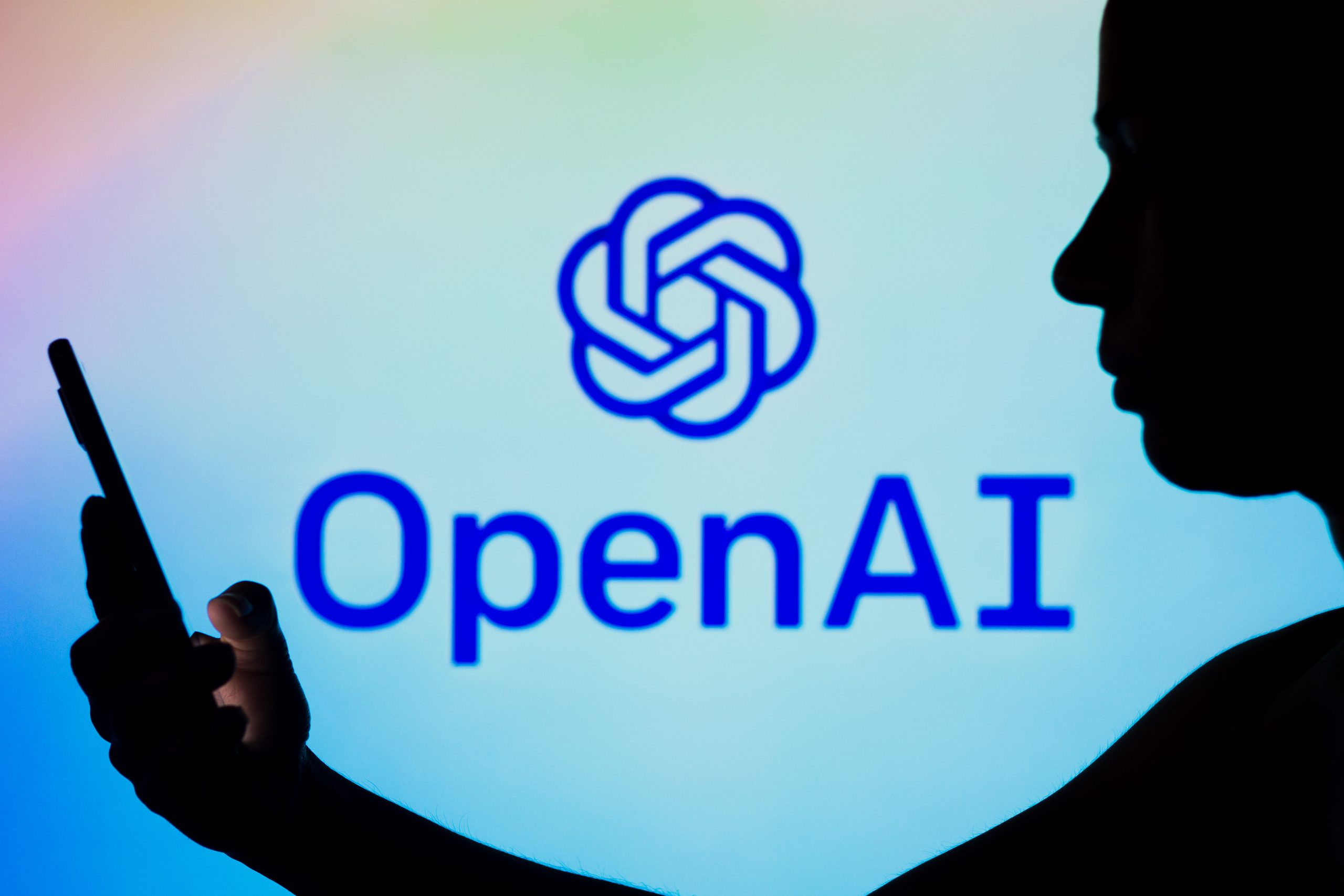
- Stocks
OpenAI begins training a new model
Do you want to know how to make money from this?
Register for free and get expert advice, access to a training course and webinars.
Key points:
- OpenAI is creating a committee to evaluate and improve the project’s existing security practices.
- The creation of the committee could signal OpenAI’s transition to a commercial model.
- In May, OpenAI unveiled a new AI model capable of realistic dialogue and interaction through text and images.
To ensure the safety of its new artificial intelligence model, OpenAI announced the creation of a safety and security committee. The committee will be chaired by members of the company’s board of directors, including CEO Sam Altman.
OpenAI may become a commercial project
OpenAI, a chatbot developed with support from Microsoft, has generative AI capabilities that allow it to conduct human-like conversations and create images based on text prompts. However, as AI models increase in power, so do security concerns.
In response to these problems, OpenAI is creating a new security committee. His task is to develop recommendations for the board of directors on security issues of the company’s projects and operations.
Experts believe that the creation of the security committee marks OpenAI’s transition from a non-profit to a commercial organization. This will streamline product development while maintaining company accountability.
How will the committee work?
In its first 90 days, the committee will focus on thoroughly evaluating and improving OpenAI’s current security practices. Upon completion of this assessment, the committee will present its recommendations to the board of directors. Then, after approval by the board of directors, OpenAI will make the decisions made public.
During the course of its work, the committee will involve outside experts in consultations. Among them are Rob Joyce, the former director of cybersecurity at the US National Security Agency, and John Carlin, a former employee of the Department of Justice.
It is worth noting that in May of this year, OpenAI introduced a new artificial intelligence model capable of conducting realistic dialogues using voice, as well as interacting with users through text and images.
This move demonstrates OpenAI’s commitment to ensuring the security of its developments and strengthening trust in its products.
Do you want to know
How to make money from the news
Register for free and get:
- Expert consultation;
- Access to the training course;
- Opportunity to participate in webinars

